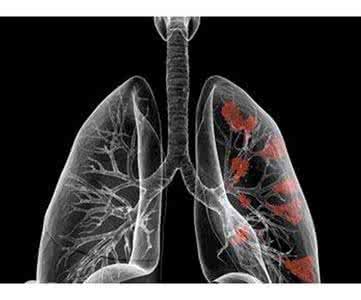How does child pineal gland tumour treat?
summary
The incidence rate of pineal region tumors is more than 2 times higher in childhood than in adults. Tumors can cause hydrocephalus and intracranial hypertension, compression of adjacent structures, resulting in binocular inability to look up, tinnitus, hearing loss, endocrine disorders, sexual dysfunction, obesity, drowsiness, etc. Half of them were teratomas, followed by pinealomas and gliomas. The peak age of germ cell tumor was 12-14 years old, teratoma was 7-8 years old, and glioma was 13-15 years old. The majority of pineal tumors were male. Germ cell tumors and teratomas are more common in children, while gliomas and meningiomas are more common in adults. So let's share how to treat pineal gland tumor in children?.
How does child pineal gland tumour treat?
First: Nowadays, the survival rate of childhood cancer has increased from about 30% in the late 1960s to 70% - 80% today. After the cure rate is improved, how to reduce the occurrence of long-term side effects has become the focus of improving treatment methods.

Second: when their children are unfortunately diagnosed with brain or other invasive tumors, parents are most concerned about the current treatment - which treatment (surgery, chemotherapy or radiotherapy) can best help their children survive? But for most of the children who have a long life after treatment, it is also important to consider which kind of treatment they are currently receiving has the least impact on their future life.

Third, conventional radiotherapy has irreversible long-term side effects on children, including abnormal growth and development, neurocognitive toxicity, ototoxicity (affecting children's future learning and language development), renal, endocrine and sexual dysfunction, etc. What's more, the secondary primary tumor caused by radiation is more frightening.

matters needing attention
It depends on the nature, size, site of invasion, metastasis and thorough treatment of the tumor. The prognosis of large, highly malignant tumors with hypothalamic invasion or metastasis is very poor, and the survival time is less than 1 year.
















